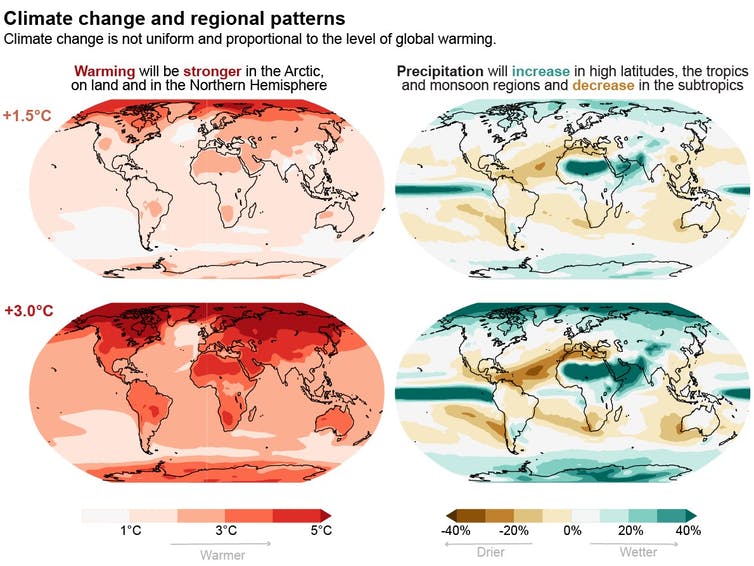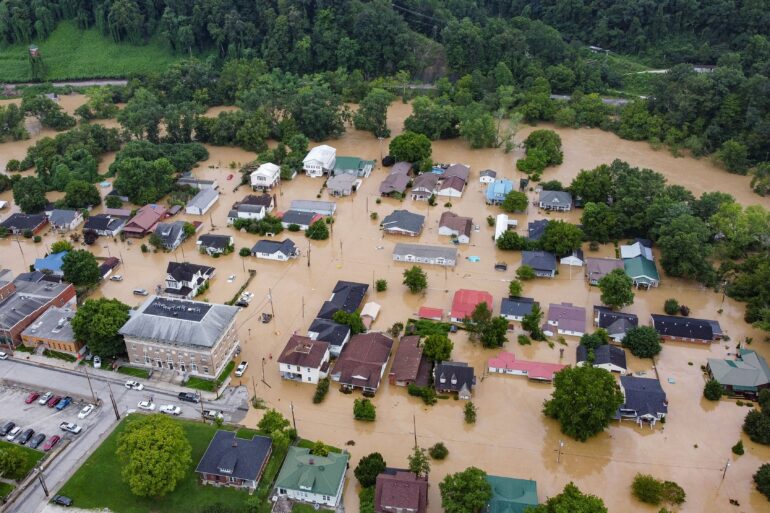Powerful storm systems triggered flash flooding across the U.S. in late July, inundating St. Louis neighborhoods with record rainfall and setting off mudslides in eastern Kentucky, where at least 16 people died in flooding. Another deluge in Nevada flooded the Las Vegas strip.
The impact of climate change on extreme water-related events like this is becoming increasingly evident. The storms in the U.S. followed extreme flooding this summer in India and Australia and last year in Western Europe.
Studies by scientists around the world show that the water cycle has been intensifying and will continue to intensify as the planet warms. An international climate assessment I coauthored in 2021 for the Intergovernmental Panel on Climate Change lays out the details.
It documented an increase in both wet extremes, including more intense rainfall over most regions, and dry extremes, including drying in the Mediterranean, southwestern Australia, southwestern South America, South Africa and western North America. It also shows that both wet and dry extremes will continue to increase with future warming.
Why is the water cycle intensifying?
Water cycles through the environment, moving between the atmosphere, ocean, land and reservoirs of frozen water. It might fall as rain or snow, seep into the ground, run into a waterway, join the ocean, freeze or evaporate back into the atmosphere. Plants also take up water from the ground and release it through transpiration from their leaves. In recent decades, there has been an overall increase in the rates of precipitation and evaporation.
A number of factors are intensifying the water cycle, but one of the most important is that warming temperatures raise the upper limit on the amount of moisture in the air. That increases the potential for more rain.
This aspect of climate change is confirmed across all of our lines of evidence discussed in the IPCC report. It is expected from basic physics, projected by computer models, and it already shows up in the observational data as a general increase of rainfall intensity with warming temperatures.
Understanding this and other changes in the water cycle is important for more than preparing for disasters. Water is an essential resource for all ecosystems and human societies, and particularly agriculture.
What does this mean for the future?
An intensifying water cycle means that both wet and dry extremes and the general variability of the water cycle will increase, although not uniformly around the globe.
Rainfall intensity is expected to increase for most land areas, but the largest increases in dryness are expected in the Mediterranean, southwestern South America and western North America.

Annual average precipitation is projected to increase in many areas as the planet warms, particularly in the higher latitudes.
IPCC Sixth Assessment Report
Globally, daily extreme precipitation events will likely intensify by…



